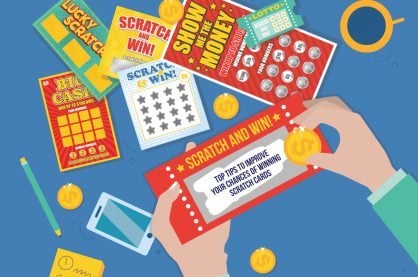Is WWE Staged? Uncovering the Truth
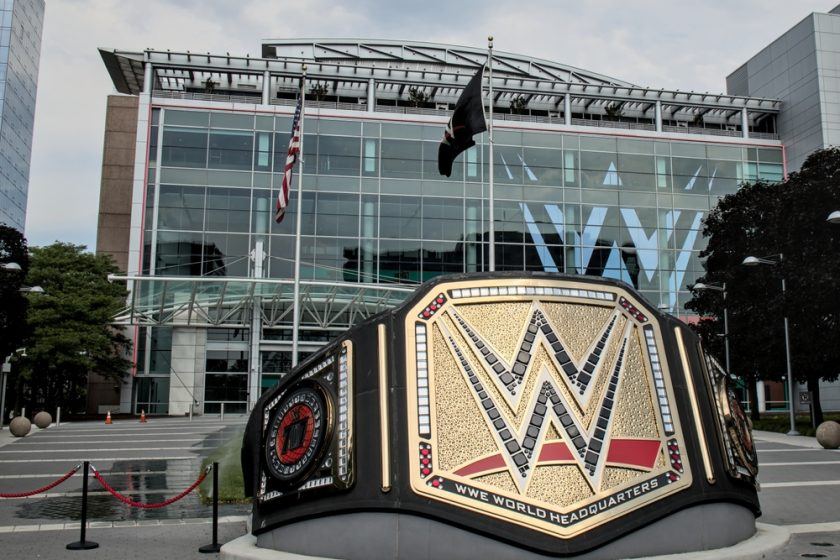
World Wrestling Entertainment (WWE) is the most popular wrestling organization globally and has become a fixture of the US sports scene. It’s also celebrating its 2025 return to Vegas after 32 years away. However, even with origins dating back to the 1950s and an official history starting in the 1980s, there are still plenty of misconceptions about the WWE. Many people are still asking, “Is WWE staged?”
If you want the short answer – yes. The superstars do not decide every outcome of any WWE match in the ring. Instead, it’s the company’s creative team. However, while the outcomes, significant events, and stunts are predetermined, how the wrestlers reach that point is up to the talent in the ring.
To truly understand the essence and nuance of a WWE performance, you need to know more than whether the final outcome is staged.
Our guide is here to help. Read this page to find out definitively whether the WWE is staged, along with details on how predetermined outcomes work and some other WWE misconceptions.
The Scripted Nature of WWE
The simple answer to the question of whether the WWE is scripted is yes, it is.
The outcome of every match, from regular matchups on Monday Night Raw to the winner of WrestleMania, is determined before the bell rings. Every time someone lifts a championship belt, it is by the design of the creative team at WWE.
While wrestlers know who will win each match, how the wrestlers reach that point is completely undecided. That’s where the talent of WWE superstars comes into play. While the creative team may have ideas about how the match should flow or certain exciting moments or stunts to involve, the rest is up to the wrestlers.
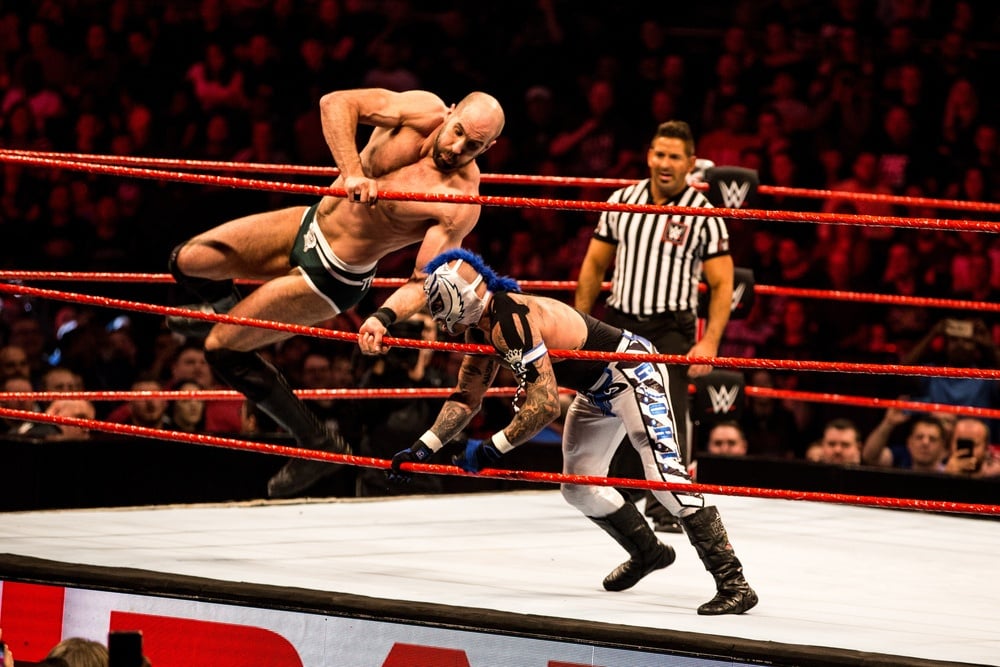
Is WWE Staged: Misconceptions about WWE
Partially by design, many parts of the WWE confuse fans or have misconceptions. Whether WWE matches were scripted or not wouldn’t be worth a whole page if there was an obvious answer. Due to the secretive nature of its storylines and the way the WWE maintained the illusion of real matches and rivalries, there are plenty of misconceptions surrounding the sport.
One of the myths around the WWE is that because it is scripted, there is no risk or pain for the athletes involved. When Edge (not to be confused with House Edge) Speared Mick Foley through a flaming table at WrestleMania 22, there was a real risk of injury.
The same goes for the iconic moment the Undertaker threw Mankind off the top of the steel cage in a King of the Ring match in 1998. So, while the outcomes are decided, getting there takes plenty of athleticism and sometimes some real pain.
There’s talent involved in creating “sports entertainment,” as Vince McMahon coined it when announcing that the WWE was predetermined.
Another misconception is that every punch and kick is choreographed because the WWE is scripted. While the creative team determines the final result, it’s up to the superstars in the ring to create an entertaining product. If you follow the WWE, you’ll probably have clips of moments where the Undertaker has directed his fellow superstars to create exciting moments, often at his own expense.
Many former wrestlers will attest to his talent, and that’s because he knew how to put on a good show, and that show was in his hands because there was no choreography.
One final misconception about the WWE is its tone. Many still think of the WWE as the same organization it was from 1997 to 2002, during the Attitude Era. During this era, the WWE focused more on adult-oriented content, including increased violence, profanity, and adult themes.
Who can forget Stone Cold Steve Austin chugging beer cans in the ring? Or the various sexually-themed matches involving the WWE Divas, such as bra and panties matches where the Divas had to rip each others’ clothes off?
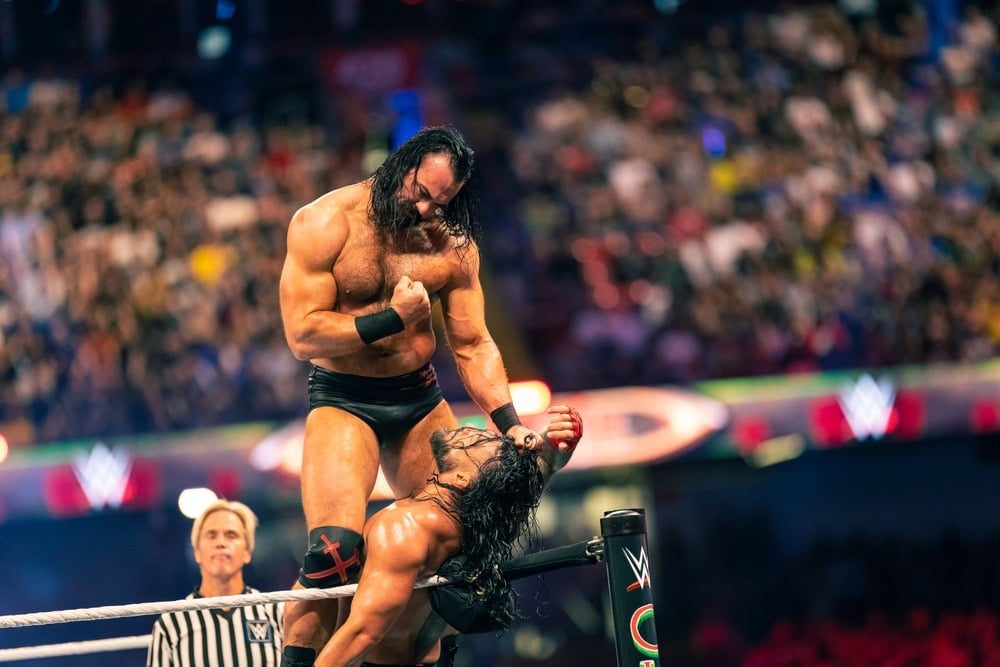
Image credit: Arthur Cauty/Shutterstock
The Attitude Era also started with a wrestling feud that went beyond the ring between Shawn Michaels and Bret “The Hitman” Hart. Against his will and without prior knowledge, Hart lost a WWF Championship match in his home country of Canada in a match now known as the Montreal Screwjob, as Vince McMahon didn’t want him to transfer to WCW while holding the WWF Championship.
Some of WWE’s most iconic stars rose to fame in the Attitude Era, including Stone Cold, The Rock, and Triple H, which is why so many people associate WWE with this era. However, the WWE has moved past the Attitude Era.
While the stunts and fights are just as exciting, the performances are more family-friendly, appealing to a broader range of wrestling fans.
The Evolution of WWE: From Real to Scripted
While WWE maintained that the outcome of wrestling matches was real until 1989, wrestling matches under the company have always been staged.
The company can trace its roots back to 1953 with a show produced under Capitol Wrestling Corporation (CWC). CWC quickly joined with the National Wrestling Alliance, putting the organization under the control of Vincent J. McMahon and Toots Mondt.
McMahon and Mondt were the promoters of wrestlers as well as organizers of matches, helping pioneer the approach of building wrestlers with unique and exciting personalities. Even during this period, the results of wrestling matches were set before events started.
In 1982, Vicent K. McMahon bought Capitol from his father and relaunched it under the trademarked World Wrestling Federation (WWF). McMahon changed the wrestling industry by breaking the previously used regional system and getting the WWF syndicated across the US.
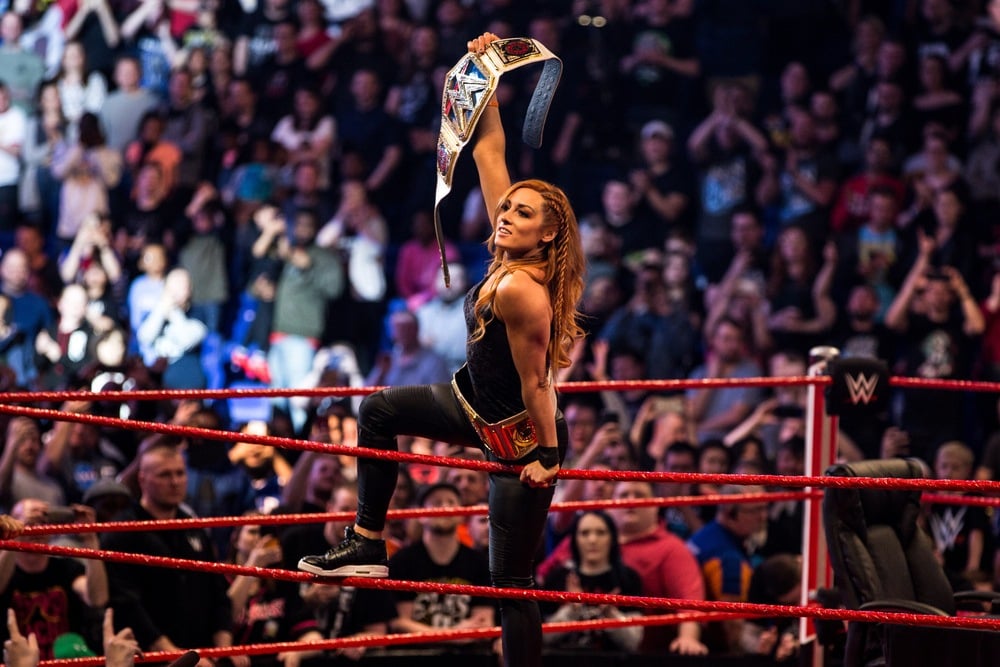
Image credit: Tom Rose/Shutterstock
During all this time, every WWF match had a predetermined ending. However, McMahon announced the predetermined nature events in 1989 to avoid taxes from athletic commissions.
Many fans still believed matches were real because the WWE was committed to delivering a realistic product, not allowing talent with rivalries to be seen together in public and asking WWE superstars to commit to their fake personalities in public.
However, Ricky Steamboat, Andre the Giant, Macho Man Randy Savage, and Hulk Hogan all benefitted from predetermined wrestling matches.
Of course, because there is scripting, there is a need for characters to fill those roles. That’s why the WWE roster is filled with a broad range of characters, from certified face superstars to cowardly heels. For every face like John Cena, there must be a heel like Randy Orton or the Rated-R Superstar Edge.
Authenticity vs. Entertainment in WWE
For the first few years of the WWF (now WWE), Vince McMahon and everyone involved with the company maintained that the outcome of wrestling matches was not predetermined.
However, this changed in 1989 when McMahon coined the term “sports entertainment” to describe wrestling, revealing in a testimony to the New Jersey State Senate that every match has a scripted outcome.
Since then, wrestling has operated under a shared suspension of disbelief between fans and the WWE to believe that storylines are real to enjoy the show. This is known as kayfabe.
Kayfabe was kept in place for decades, with WWE superstars maintaining the appearance of ongoing rivalries in public by never appearing with rivals, even outside of WWE productions. Additionally, wrestlers were asked to stay in character during public appearances.
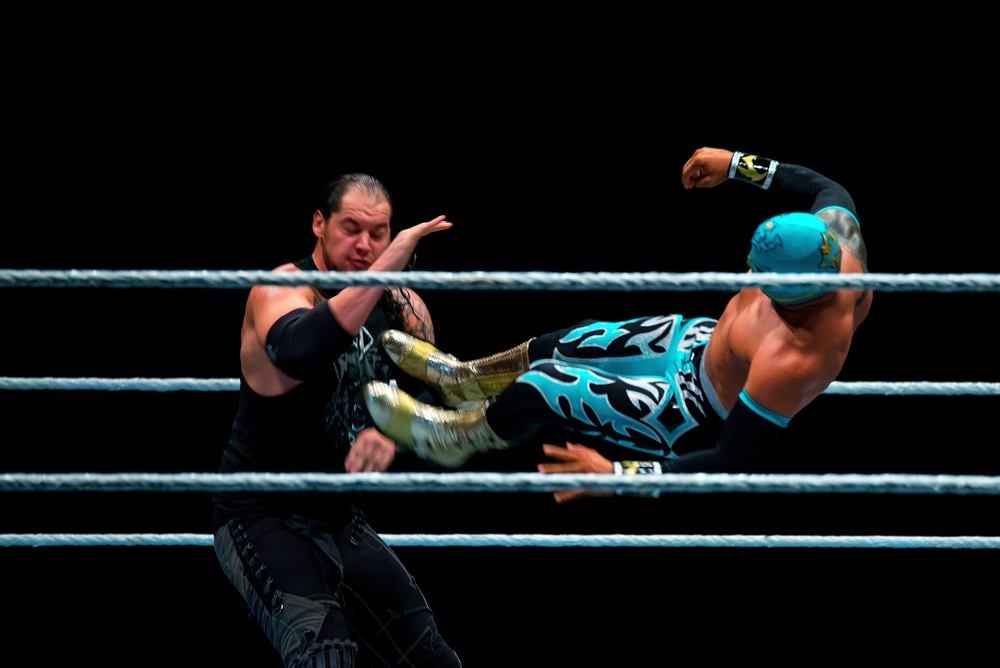
Image credit: Christian Bertrand/Shutterstock
However, with the dawn of the internet wrestling community, the organization can’t keep up the illusion of running real matches where the outcome is undecided.
As people have easy access to reruns of wrestling broadcasts and can replay and rewind any and every moment, it’s pretty straightforward to spot fake moments of wrestling. Therefore, kayfabe isn’t maintained by the WWE nowadays.
The admission that the matches are predetermined might also go some way to explaining why the company is no longer lobbying to have its events included on legal sports betting boards.
Instead, modern WWE marketing focuses on how the athleticism of WWE superstars is real in creating the entertainment product people enjoy. So, while the wrestlers know who will win when they step in the ring, you can be sure any of the stunts are bound to cause real pain and require real athleticism.
Is WWE Staged: Exploring the WWE Universe
The WWE Universe is split into three distinct programs, although there is plenty of crossover between them.
These are SmackDown, Raw, and NXT.
Before 2002, SmackDown and Raw were just the names given to WWE’s (previously WWF) programs, Monday Night Raw and Friday Night Smackdown. NXT didn’t exist at this point.
In 2002, WWE acquired World Championship Wrestling (WCW) and Extreme Championship Wrestling (ECW), including all the creative staff and wrestlers on the roster.
With the roster growing so much, WWE decided to split its two flagship TV shows into two brands, SmackDown and Raw. Each show has its own roster and creative team. The WWE Draft determines the roster for SmackDown and Raw.
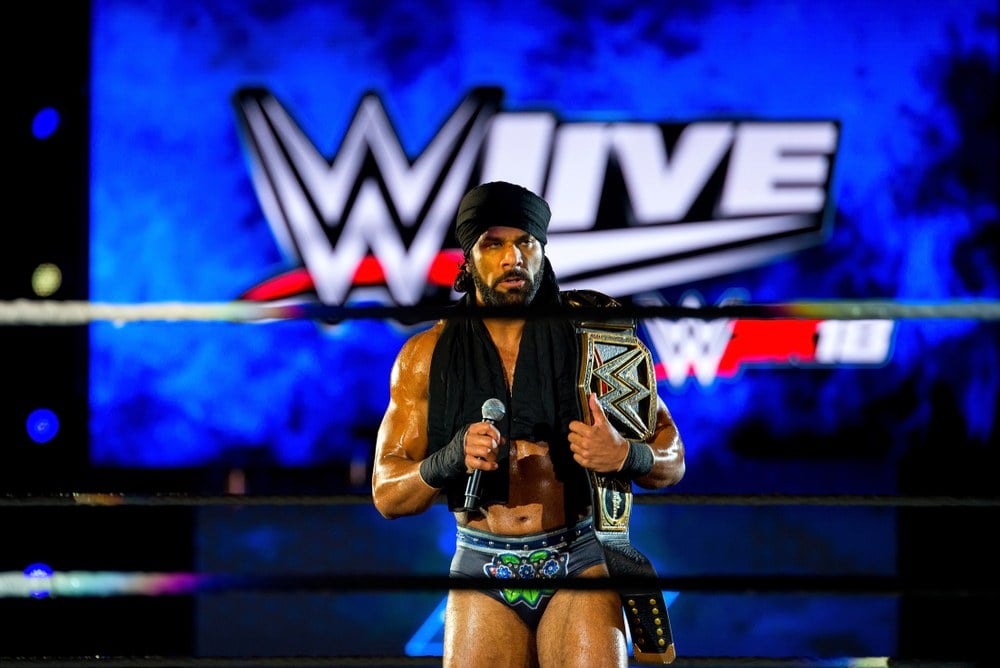
Image credit: Christian Bertrand/Shutterstock
The first split of the brand ran from 2002 to 2011, during which time ECW also became a third brand of the WWE Universe. After a brief hiatus, the company returned to this format in 2016, introducing NXT as its developmental brand.
If you want to follow the WWE Universe, the best way is to catch the weekly Monday Night Raw and Friday Night SmackDown shows. Additionally, the company runs special events like SummerSlam and WrestleMania and seasonal events like Halloween Havoc and the WWE Live Holiday Tour.
WWE regularly holds events outside the US under the WWE Live name, including in Saudi Arabia and the UK.
Regular WWE broadcasts will provide plenty of information about upcoming special events, as many storylines will reach their conclusions at these flagship shows.
Title Image Credit: yuriyt/Shutterstock
